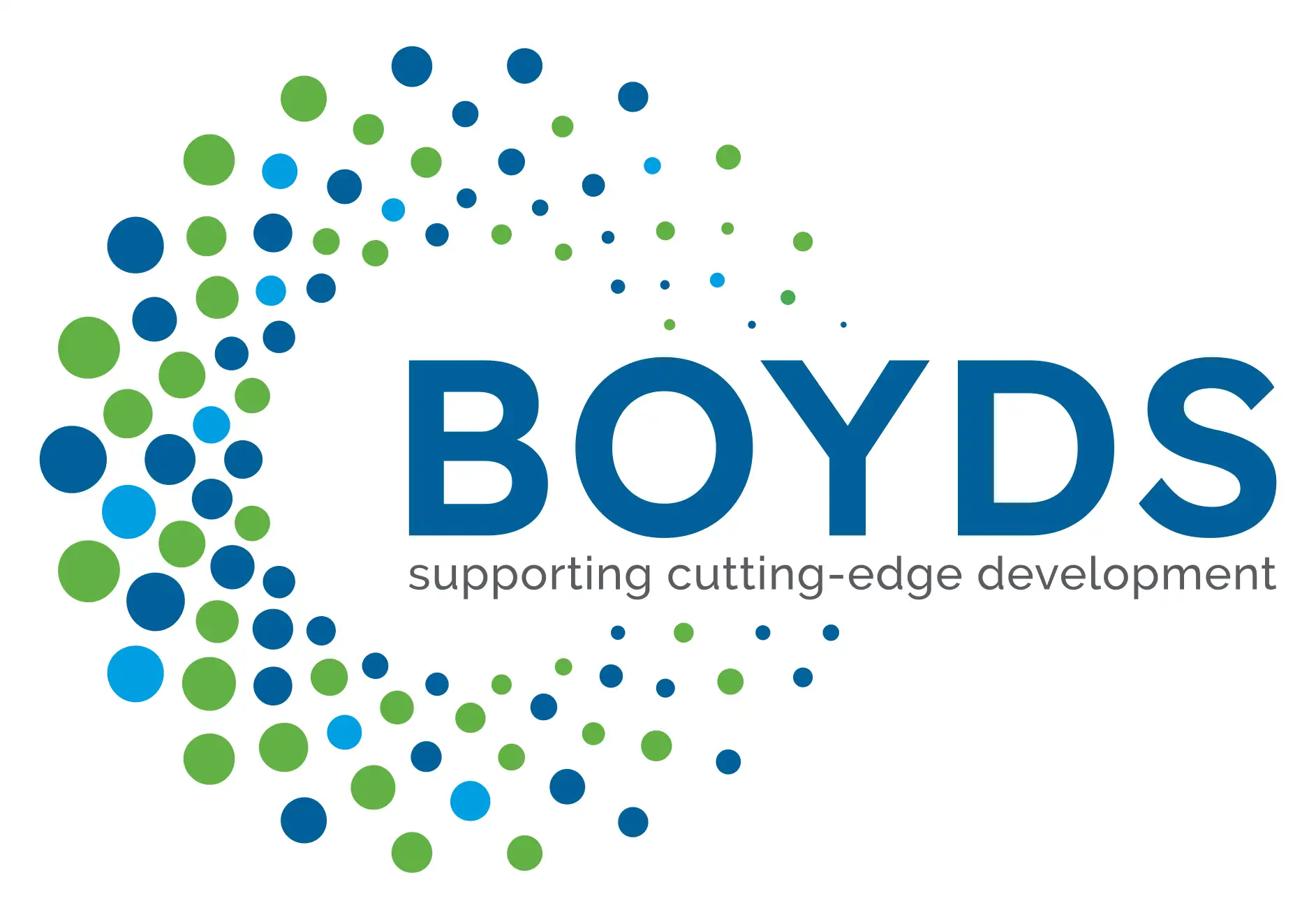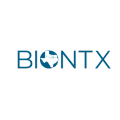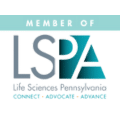Boyds’ Director of Regulatory Affairs, Julie Warner, has co-edited an article in the October issue of the TOPRA journal, Regulatory Rapporteur, which focuses on falsified medicines.
The following article was published in Regulatory Rapporteur, Volume 16, No 10, October 2019.
Preventing fake medicines from reaching patients
By Julie Warner, Director Regulatory Affairs, Alan Boyd Consultants, UK
Andrew Germain, Associate Director Regulatory Affairs CMC, GW Pharmaceuticals, UK
Safety feature requirements for prescription and some over-the-counter medicines have now been in place for a little over 6 months in the EU (and for significantly longer in the US). However, this by no means ensured that all companies were ready for full implementation in February 2019, despite the fact that several years’ notice had been given. Serialisation systems are just one part of the measures introduced by Regulation (EU) 2016/161 in the EU, and the Drug Quality and Security Act (DQSA) in the US, to improve patient safety. However, for companies that are small, manufacture small volume products, or use small contract manufacturing organisations, these requirements can result in time, resource and cost implications. Nevertheless, the increasingly global nature of the pharmaceutical supply chain means that such measures are essential, regardless of the complexity they introduce.
Compliance with serialisation measures affects the marketing authorisation holder (MAH) from several perspectives. Firstly, it is not just a manufacturing consideration. Multiple disciplines need to be involved, including the manufacturing teams, quality assurance, the qualified person, and regulatory affairs, requiring good communication and planning. In addition, product labels and packaging may need to be revised or redesigned to ensure that serialisation measures such as a 2D barcode can be accommodated. This may also require one or more regulatory submissions in some territories, meaning that adequate thought needs to be given to rollout. Further, additional resources are needed to guarantee that record-keeping is adequate to ensure traceability of the product through the entire supply chain.
Of course, serialisation measures have not just introduced challenges for MAHs. A large amount of work has also been required by regulators and the European Commission. All EU countries, for instance, have had to develop and roll out national medicines verification systems (NMVS) to complement the European Medicines Verification System (EMVS) via the EU hub. These systems, which are developed by national organisations and are accessed for product verification (scanning of a 2D barcode and checking of anti-tamper measures) by pharmacists at the point of dispensing, have taken a long time to develop and will take considerable resource to maintain. In this issue, we hear from the Irish Medicines Verification Organisation on its experience of setting up the verification scheme, and the collaborative approach that has been taken to ensure that this can be done both nationally and at the EU level. MAHs must generally contribute to development and maintenance of the national verification systems, largely via payment of fees for registration with the national verification organisations. At the present time, it is too early to assess whether such charges will ultimately impact on the cost of medicines.
Some companies have spent a considerable amount of time preparing for implementation of serialisation measures in the EU whilst also ensuring compliance with other global markets where requirements are similar, but not completely aligned. It appears the bulk of the work has been completed and what remains is somewhat foreseeable and manageable. Challenges still remain at the level of the end user with, for example, the sheer volume of managing decommissioning of all products in a received batch and, at least in the case of the UK, with Brexit (as it is currently unclear whether the UK will continue to be a part of the EMVS). However, what is important is that a good start has been made and, with a system now in place to build on, we look forward to further progress as the six-month stabilisation phase, during which verification failures and alerts are only being monitored and not yet acted on, progresses into the full investigation phase. We hope you enjoy this falsified medicines focus edition.
To view the October issue of Regulatory Rapporteur, click here.








